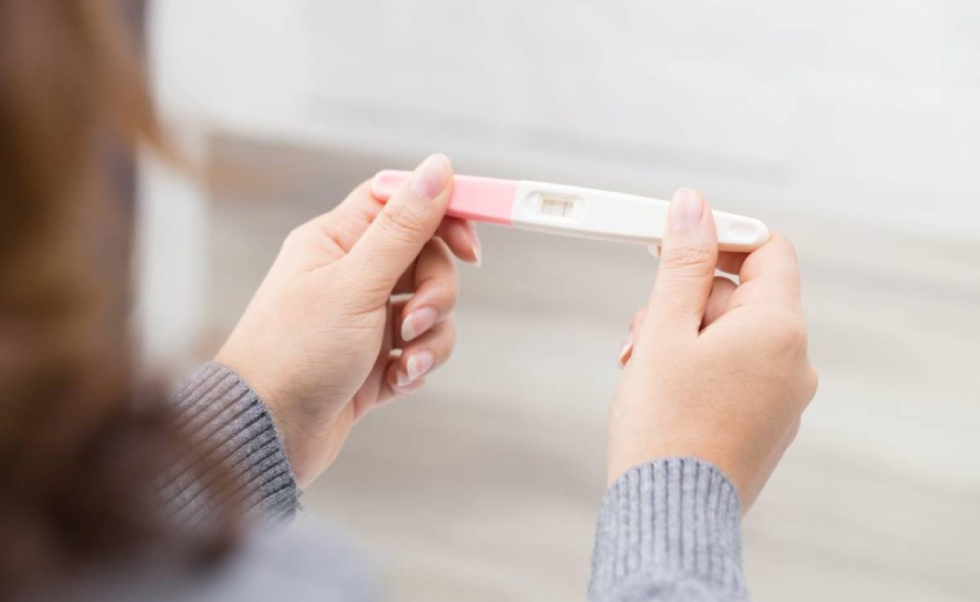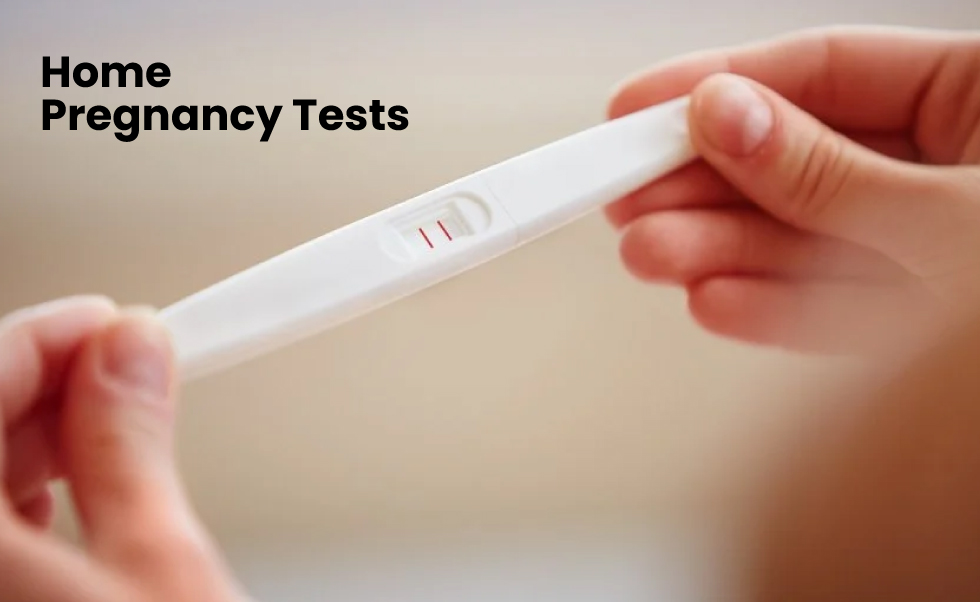Home pregnancy tests are a common tool for women to confirm pregnancy in the privacy of their homes. Understanding how these tests work when to use them, and how to interpret their results can provide valuable peace of mind and guidance during this significant time.
How Do Home Pregnancy Tests Work?
Home pregnancy tests detect the presence of human chorionic gonadotropin (hCG), a hormone produced by the placenta shortly after the embryo attaches to the uterine lining. This hormone is present in pregnant women’s urine. Home pregnancy tests contain antibodies that react to hCG, usually displaying a visual result such as a line, a change in color, or a digital readout indicating “pregnant” or “not pregnant.”
When should I Take a Home Pregnancy Test?
The timing of a home pregnancy test can significantly impact its accuracy. Here are some key points to consider:
- After a Missed Period: The most reliable time to take a home pregnancy test is after you have missed your period. hCG levels are typically high enough to be detected by this time.
- First Morning Urine: Taking the test first thing in the morning can improve accuracy. Morning urine is more concentrated and likely to contain higher levels of hCG.
- Early Detection Tests: Some tests are designed to be more sensitive and can detect pregnancy a few days before your missed period. However, these tests may be inaccurate and could result in false negatives.
How do I choose the Right Test?

Several types of home pregnancy tests are available in the market, including:
- Strip Tests are the most common and economical option. To read the results, you dip the strip into a urine sample and wait for the indicated time.
- Midstream Tests are convenient because you can hold the test stick directly in your urine stream. They are typically more expensive than strip tests but easier to use.
- Digital Tests: These provide clear, easy-to-read results, often in words like “pregnant” or “not pregnant.” They can be more expensive but eliminate the ambiguity of interpreting lines or color changes.
Interpreting the Results
1. Positive Result: You are likely pregnant if the test shows a positive result. It is advisable to schedule an appointment with your healthcare provider to confirm the pregnancy and begin prenatal care.
2. Negative Result: A negative result means no hCG was detected in your urine. If you still suspect you are pregnant, wait a few days and test again. Factors like testing too early, diluted urine or improper testing can lead to a false negative.
3. Invalid Result: If no lines or symbols appear or if the control indicator does not show, the test is invalid. This could be due to a defective test or incorrect usage. It is best to retake the test with a new kit.
Tips for Accurate Testing
1. Follow Instructions Carefully: Read and follow the instructions provided with the test kit. Incorrect usage can lead to inaccurate results.
2. Check Expiry Date: Ensure the test is within its expiry date. Expired tests may not function correctly and can give false results.
3. Use a Timer: Use a timer to check the result within the recommended time frame. Reading the result too early or too late can lead to misinterpretation.
What are common concerns and myths regarding pregnancy tests?
1. False Positives: False positives are rare but can occur due to certain medications, medical conditions, or improper testing.
2. False Negatives: More common than false positives, false negatives can happen if the test is taken too early, if the urine is too diluted, or if the test is not used correctly.
3. Test Sensitivity: Different tests have varying sensitivity levels. Check the sensitivity rating on the package, especially if you are testing early.
When should I see a Doctor?
Regardless of the home pregnancy test result, it is essential to consult a healthcare provider to confirm pregnancy and discuss the next steps. Early prenatal care is crucial for the health of both the mother and the baby.







